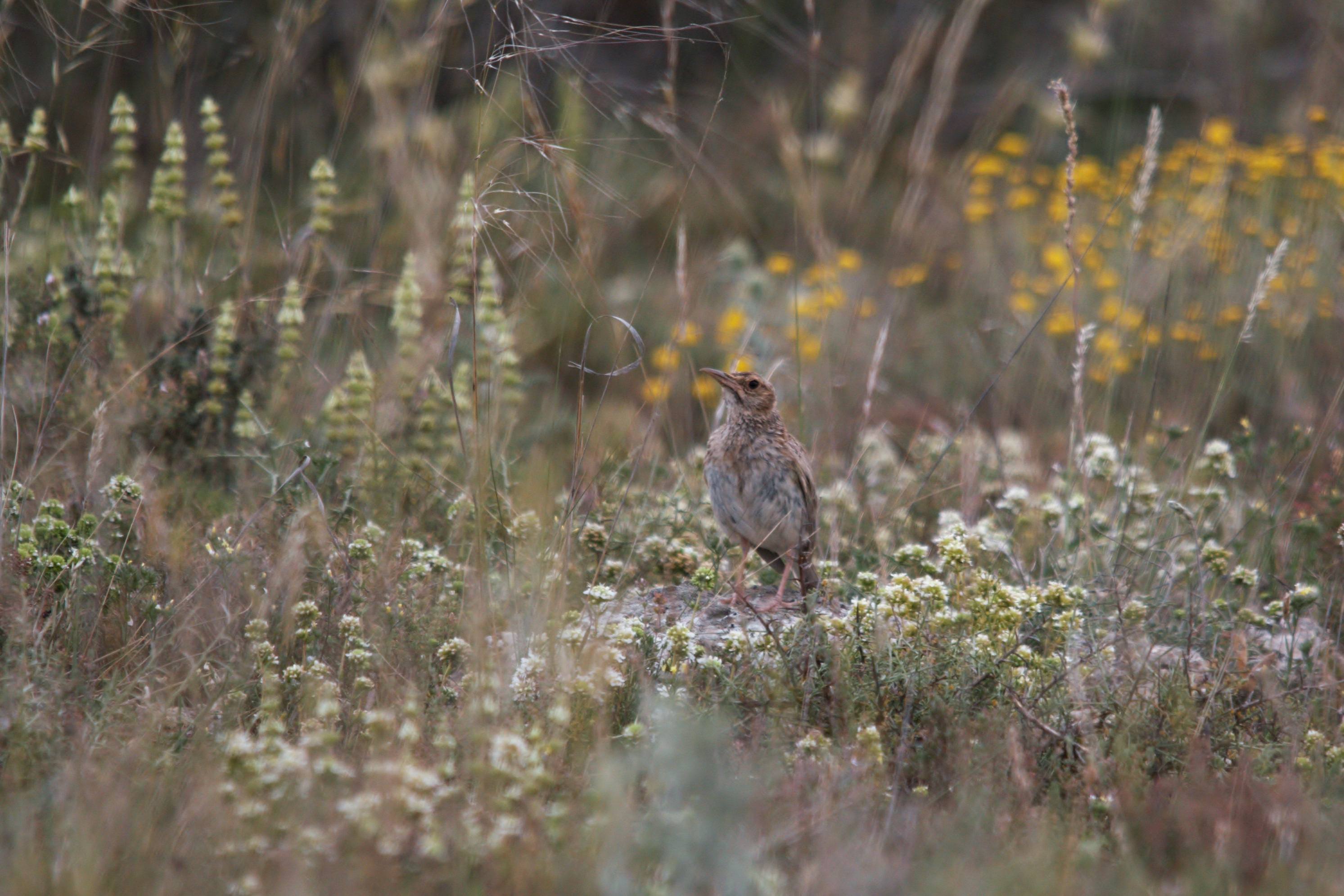Is April the best month for birding in North-East Spain?
Every little time we got requests of birdwatchers that, interested about coming to do some birdwatching in Catalonia, ask us about what it is the best time to come.
Well, this is always depending on what do you want to see… But it is not wrong to think on spring as being probably the best time for birdwatching. In the Mediterranean this means a combination of excellent, sunny weather with pleasant temperatures, high activity of the nesting species (resident or not) and tones of migratory birds in their way to Northernmost nesting grounds.
I personally love April. It is just because of the really good general birding. This is probably one of the best moments in the year for Crakes. And not talking about listen them, but talking on seeing them! Migration goes in excellent numbers along Mediterranean wetlands and, along with warblers, waders and raptors, it is always possible to enjoy Spotted Crakes (Porzana porzana) or Little Crakes (Porzana parva). Early April is also a good time to look for Iberian Chiffchaffs (Phylloscopus ibericus) as they hang around in their way to their nesting grounds. Along the month waves of Short-toed Eagles (Circaetus gallicus), Black Kites (Milvus migrans) and Montagu’s Harriers (Circus pygargus) are to arrive to their nesting grounds. Egyptian Vultures (Neophron percnopterus) are already defending their territories as they arrive as early as early-mid February.


By mid April Woodchat Shrikes (Lanius senator), Spectacleds (Sylvia conspicillata), Subalpines (Sylvia cantillans) and Orphean Warblers (Sylvia hortensis) will be all at their nesting grounds, but it is mandatory to keep searching for not-that-common birds in migration that can easily include Wood Warbler (Phylloscopus sibilatrix), Garden Warbler (Sylvia borin), Lesser Whitethroat (Sylvia curruca) along with some Balearic Flycatchers (Muscicapa tyrrhenica) to be discovered among the many Spotted Flycatchers (Muscicapa striata).


But probably the best is that all of that can be done while still enjoying on Wallcreepers (Tichodroma muraria) in the Pyrenees as they still goes up. They are not that «easy» to find as in winter but still is mandatory to check some spots! And now, while looking for them, it is likely yo see superb Common Rock Thrush (Monticola saxatilis) or Rock Buntings (Emberiza cia) singing around!
In the wetlands, Bluethroats (Luscinia svecica) keep going North and more active as never before so it gets easier to locate them, and Iberian Reed Buntings (Emberiza s. whiterby) are also showing well within its tiny range! Small flocks of waders and beautiful ducks such as Garganeys (Anas querquedula) can be seen in every wetland and you can enjoy male Ruffs (Philomachus pugnax) going up with their splendid spring plomages. Few days ago we just got a mixed flock of Black-winged Stilts (Himantopus himantopus) along with Pied Avocets (Recurvirostra avosetta), Ruffs and Black-tailed Godwits (Limosa limosa) only 30 minutes after enjoying a Dupont’s Lark (Chersophilus duponti) singing right in front of us…


No mention to the steppes… they are never as beautiful as are in April. And are really productive! Many areas are carpeted by yellow, red and white flowers and Little Bustards (Tetrax tetrax) sing in the middle of the flowers while flocks of Sandgrouses (Pterocles sp.) and Stone Curlews (Burhinus oedicnemus) feed around. You will listen some 100s of Calandra Larks (Melonacorypha calandra) and Corn Buntings (Emberiza calandra)… you may think; «it would not be 100s!». Yes, 100s
In the fields, flocks of Yellow Wagtails (Motacilla flava spp.) feed along with Pipits (meadow, tree, red-throated?), Great Spotted Cuckoos (Clamator glandarius) will always be really busy and noisy at this time while small parties of tiny Lesser Kestrels (Falco naumanii) move up and down in the air…

Yes, spring is here and, maybe is not that important whether April is the best moment to enjoy birds in Catalonia or not. It is still a wonderful time to come and enjoy!
Check out our birding trips at barcelonabirdingpoint.com our contact us to design your birding adventure at info@barcelonabirdingpoint.com

